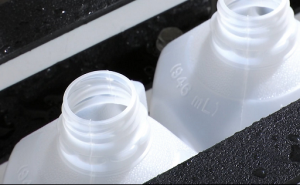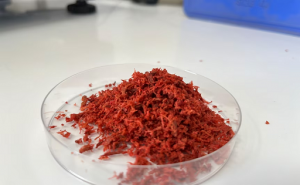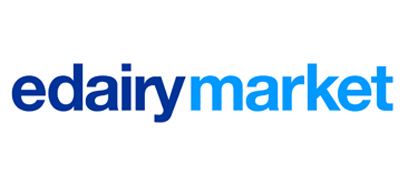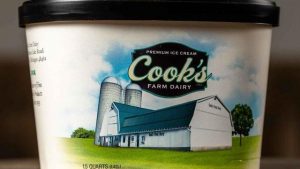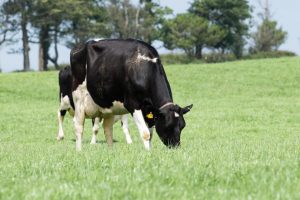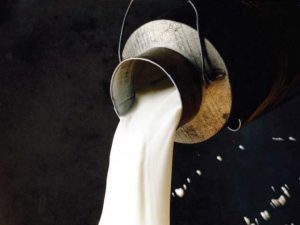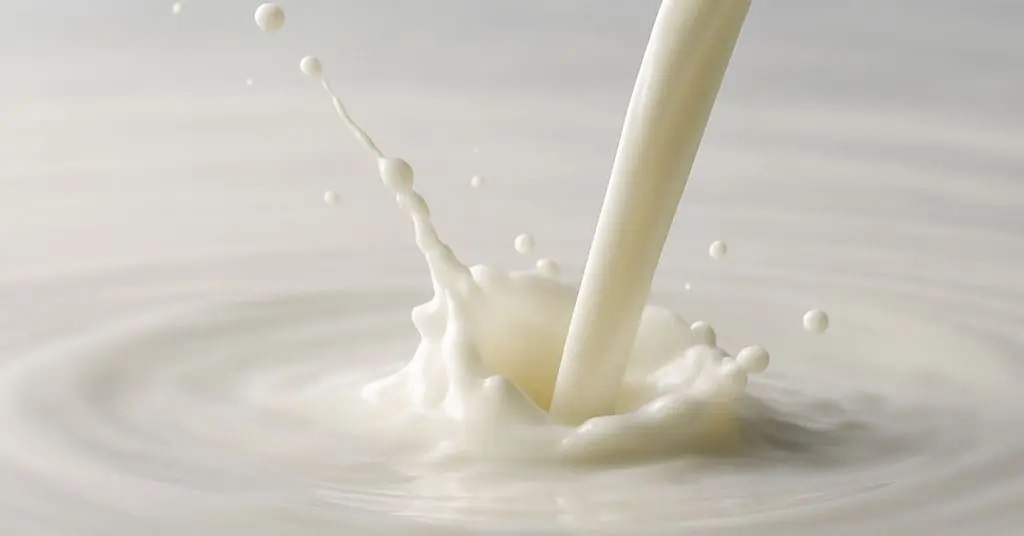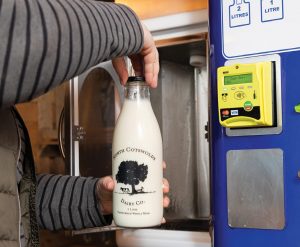
With the green light from the FDA, a new non-thermal technology promises to change the global paradigm of milk processing.
Based on ultraviolet light, this method eliminates pathogens without the adverse effects of heat, preserving enzymes, immune proteins, and bioactive compounds typically lost in traditional pasteurization.
For the first time, a non-thermal system has been recognized by the U.S. regulatory agency as equivalent in safety to pasteurization, opening the door to applications in functional proteins, nutritional derivatives, and high-value ingredients.
For a global industry constantly seeking efficiency, sustainability, and differentiation in exports, this innovation demands attention.
An Innovation That Challenges the Entire Supply Chain
From its headquarters in California, Tamarack aims to modernize a method that has seen little change in over 150 years.
What its technology proposes is not just greater efficiency but a repositioning of what we consider “safe milk”: no heat, yet with sanitary guarantees—and without sacrificing what informed consumers value most in raw milk.
In recent clinical trials, such as the one conducted by UC Davis, TruActive®-treated protein concentrates helped restore immune function in older adults.
And previous European studies—linking raw milk consumption with lower allergy rates in children—add weight to the case for heat-free but safe dairy compound processing.
Initial regulatory approval allows its use in ingredients like whey protein concentrate, milk protein concentrate, and immune-active compounds such as lactoferrin.
Tamarack has already announced plans to expand into fermented products like yogurt, kefir, cheese, and even colostrum. The company estimates that by 2027, it may seek authorization for use in fluid milk intended for direct consumption.
What the Global Market Needs to Start Discussing
With the FDA paving the way, the emerging questions are no longer just technological—they’re strategic and commercial.
Is the global dairy sector prepared to reassess its standards for milk treatment? A central issue is the real energy cost of the UV process.
Although Tamarack claims it is more efficient than thermal pasteurization, full assessment must consider industrial scalability, equipment availability, upfront investment, and maintenance—especially if aiming for mass adoption beyond premium ingredients.
Another key question is the feasibility of large-scale adoption. Can medium-sized plants or cooperatives in emerging countries adapt to this technology, or will it remain confined to high-tech centers and specialized production?
Also at stake is whether this advance marks a true sanitary revolution with global reach, or if it will become a niche offering aligned with the rising demand for clean-label, functional, and minimally processed foods in high-income markets.
A further consideration is international regulatory compatibility. Will the TruActive® process meet the strict technical standards of complex markets like the European Union or China?
How will agencies like EFSA or China’s General Administration of Customs respond to a disruptive technology that redefines the current meaning of pasteurized milk?
And finally, the big question: will national and international health authorities allow this technology to be used in fluid milk? That answer could redefine the rules for dairy producers, processors, and exporters worldwide.
A Call to Industry Leaders
Beyond the technical excitement, Tamarack Biotics’ advance is a direct challenge to global dairy innovation, quality, and business development leaders.
This is not just a U.S. phenomenon—it’s a signal of how science and technology are challenging long-standing paradigms, even in tightly regulated sectors like dairy.
For ingredient exporters such as Argentina, Uruguay, New Zealand, or Ireland, this development could become either a competitive advantage or a trade barrier, depending on how they position themselves within this emerging product category.
Even companies currently focused on biofunctional dairy proteins for sports nutrition or infant formulas will need to decide whether to adapt their processes—or differentiate themselves in another way.
The question is no longer if it’s possible to eliminate pathogens without heat. The question is when and how this technology will be integrated into international standards.
Tamarack Biotics hasn’t reinvented raw milk, but it may have taken a key step toward a safer, more stable, and potentially more profitable version for certain market segments.
The FDA’s validation of the TruActive® process as equivalent to pasteurization tests the boundaries between tradition, health, and regulation.
At a time when consumer demands and technological capabilities are moving faster than regulations, the global dairy industry must stay alert—and act with vision.
Valeria Hamann
eDairyNews




